Blog

The Power of Biological Nitrogen Removal: Why Nitrification and Denitrification Matter
December 15, 2025
Biological Nitrogen Removal (BNR) relies on nitrification and denitrification to reduce ammonia and total nitrogen levels, meeting strict nutrient limits and protecting water quality. EnviroZyme’s BioRemove products support this process by enhancing microbial performance under challenging conditions.

The Winter Slowdown: How to Keep Treatment Stable
November 21, 2025
Winter temperatures reduce the metabolic activity of wastewater treatment microorganisms, leading to weaker floc formation, poor nutrient uptake, and decreased treatment efficiency. BioAid Macro CNP provides a balanced carbon, nitrogen, and phosphorus solution to stabilize biomass and maintain consistent performance in cold conditions.

5 Key Impacts of Hydrogen Sulfide in Shrimp Farming and How to Prevent Them
October 13, 2025
Hydrogen sulfide (H₂S) is a highly toxic gas that forms in low-oxygen environments and can severely harm shrimp health, growth, and survival. EnviroZyme’s Aqualytics™ line offers a science-based microbial solution to prevent and control H₂S buildup, promoting healthier ponds and more sustainable shrimp farming.

The Evolution of Microorganism Health Monitoring in Wastewater Treatment: From MLSS to DNA
September 8, 2025
Wastewater treatment microbial monitoring has evolved from traditional physical measurements to advanced molecular diagnostics, offering greater precision and actionable insights. Techniques like qPCR and DNA sequencing now enable detailed identification of microbial communities, allowing for proactive system optimization.

6 Ways Bacterial Products Improve Decorative Ponds
August 27, 2025
EnviroZyme's W.E.T. products use beneficial bacteria to naturally improve the clarity, quality, and overall health of decorative ponds. These biological treatments reduce sludge, odors, and maintenance needs, offering an eco-friendly alternative to chemical solutions.

Understanding Shelf Life of Bioaugmentation Products
May 23, 2025
EnviroZyme emphasizes the importance of understanding the shelf life and storage requirements for their bioaugmentation products to ensure optimal microbial performance. The guide outlines varying lifespans based on microbial type and product form, highlighting best practices to maintain viability.

Winterizing Wastewater Operations: Technical Advisory for Plant Operators
November 14, 2024
The cold weather is about to arrive in most of areas and as a result, winterization of wastewater treatment operations is underway to accommodate the harsh weather. The drop in operating temperature of wastewater systems can have a significant impact on plant operation and effluent quality.
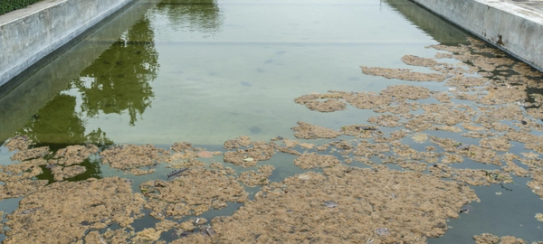
"Forever Chemicals" in Retained Sludge
June 6, 2023
Treatment processes involve the removal of various contaminants to ensure effluent water is safe for continued use and downstream ecosystems. One important contaminant removed and retained in activated sludge are poly and per-fluorinated substances (PFAS).
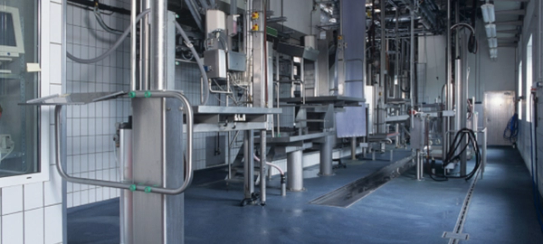
Environmental Impact of Animal Rendering Plants
April 11, 2023
328.4 million tons of meat are consumed across the globe every year, creating an excess of animal remains. Animal rendering plants process animal remains sourced from slaughterhouses or farms and ranches.
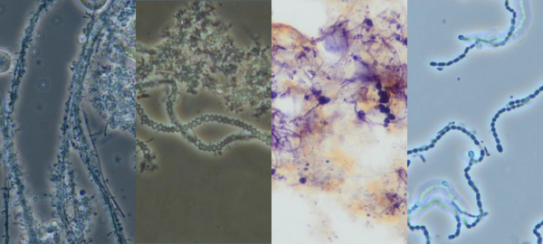
Understanding the Impact of Filaments in Wastewater Treatment Plants
February 23, 2023
Filamentous bacteria grow in long thread-like strands in which cells do not separate from each other after cell division and grow in the form of filaments. Filaments can dominate in wastewater treatment systems, which has both advantages and disadvantages.
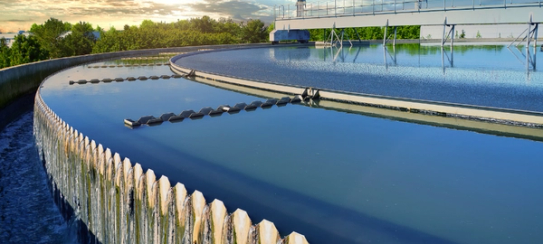
The Delicate Balance of Nutrients in Wastewater
January 23, 2023
It is crucial for wastewater treatment plants to have a perfect balance of nutrients, or else it can be harmful and impossible to achieve optimal efficiency.
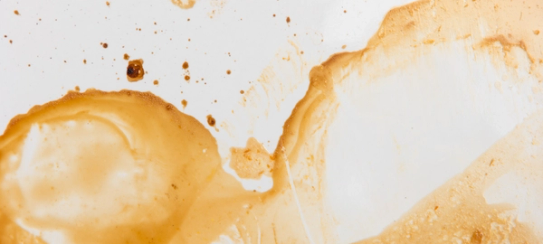
Next Generation Probiotic Degreasers v. Conventional Alternatives
December 6, 2022
At many facilities, there is a demand for cleaning products that can eliminate stubborn grease soils completely. Degreasers might come to mind first, but probiotic cleaners are becoming more and more popular.
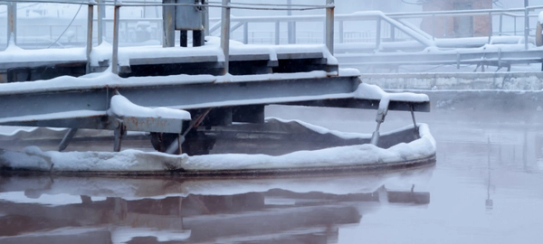
5 Ways Wastewater Treatment Plants Are Impacted by Winter
November 21, 2022
The cold weather has arrived in most areas, and as a result, winterization of wastewater treatment operations is underway to accommodate the harsh weather and low temperatures.
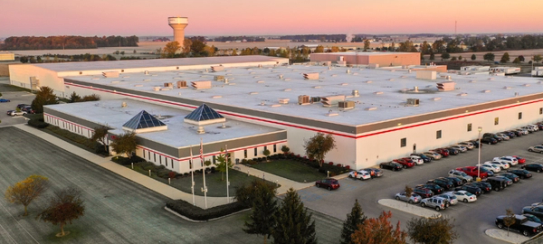
3 Ways EnviroZyme® Is a Global Leader in the Bioaugmentation Industry
October 26, 2022
EnviroZyme® is a leader in the development of innovative biological technologies. Our advanced capabilities produce clean air, water, and energy while directly reflecting our commitment to quality, economic growth, and long-term sustainability.
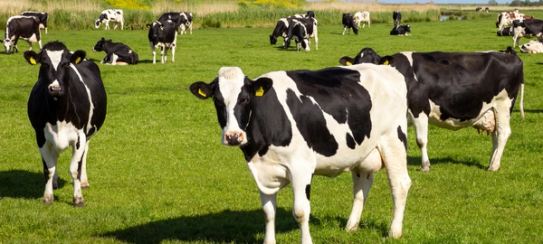
Money in Manure
May 13, 2022
In California, dairy farmers with anaerobic digesters can earn air pollution and biofuel credits by capturing methane that comes from biogas instead of releasing it into the atmosphere.
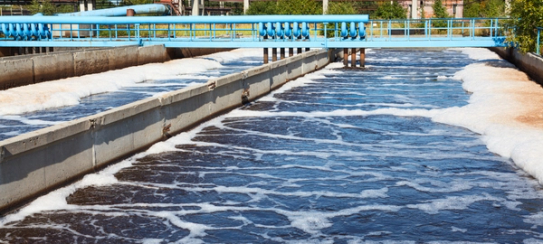
What You Don't Know About BOD and COD May Hurt You
February 26, 2022
Since the Clean Water Act and formation of the EPA in the 1970s, water resource recovery entities in the U.S. have been legally required to continually improve the quality of their effluent. Spurred by rising population and production, however, wastewater quantity has actually increased over the same timeframe. The combination of these 2 factors has necessitated more efficient removal of pollutants to produce discharge within environmental regulatory limits, including with regard to BOD and COD.
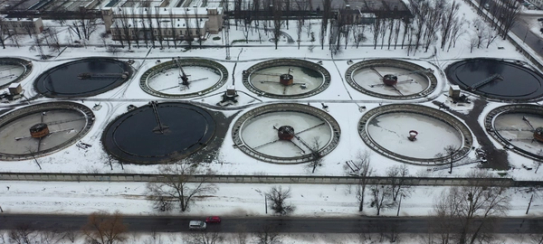
Winterizing Your Wastewater Treatment Plant
November 22, 2021
As winter quickly approaches and regions all over the northern hemisphere prepare for colder temperatures, wastewater treatment plants and facilities must do the same. Cold temperatures easily affect the functionality of a plant by creating more obstacles in order to keep it running at peak performance. Extra measures need to be taken to keep your activated sludge bed performing at optimal efficiency and avoiding upsets during the cold weather months.
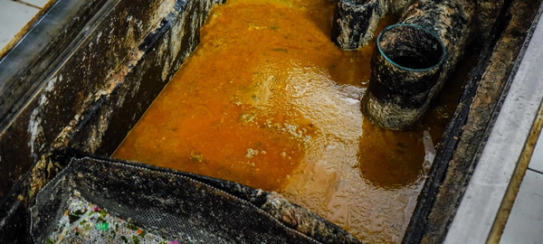
Challenges with Food Production Wastewater
October 27, 2021
Wastewater from food production is considered one of the biggest sources of environmental pollution due to the excessive amounts of nutrients and organic contaminants, including organic carbon, nitrogenous organics, inorganics, suspended and dissolved solids, and high biochemical oxygen demand (BOD) and chemical oxygen demand (COD).
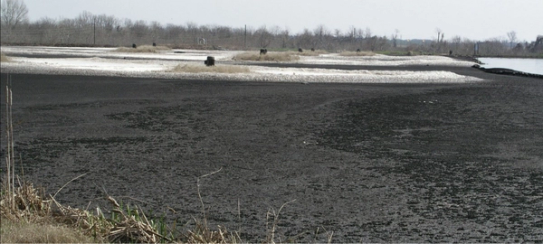
The True Cost of Sludge Accumulation
July 29, 2021
Anatomy of a Lagoon Wastewater lagoons are man-made basins that leverage natural decomposition to biologically treat organic waste. They are typically composed of 4 volumes:

Assessing the 2 Most Important Factors in Today's Pulp and Paper Wastewater Treatment
June 25, 2021
The pulp and paper industries consume a remarkable amount of water, producing as many as 70 cubic meters of wastewater per metric ton of paper produced. This is due to the necessity of water in just about every process employed in pulp and paper mills, from pulp formation by digestion of wood chips to bleaching to steam generation for drying.
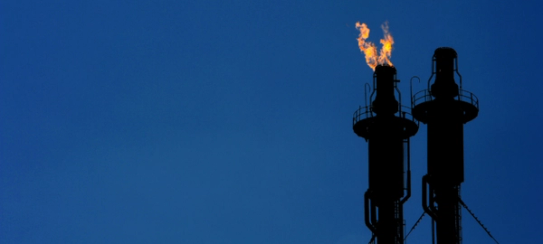
Why Petrochemical Wastewater Is Difficult to Treat and What You Can Do About It
May 27, 2021
Petrochemical wastewater is generated by the oil industry and contains a broad group of chemicals derived from petroleum and natural gas. The specific sources of petrochemical wastewater are diverse, but significant contributors include oilfield production-in which crude oil is extracted from oil wells-as well as refinery plants-where crude oil is converted into refined products, such as gasoline and lubricating oils.

Causes and Cures for 6 Common Types of Foaming in Water Resource Recovery
May 25, 2021
Foaming is a pervasive problem that can occur in aeration tanks, secondary clarifiers, and anaerobic digesters. The consequences of foaming range from inconvenient to downright dangerous, making it crucial to prevent or otherwise correct foaming as efficiently as possible.
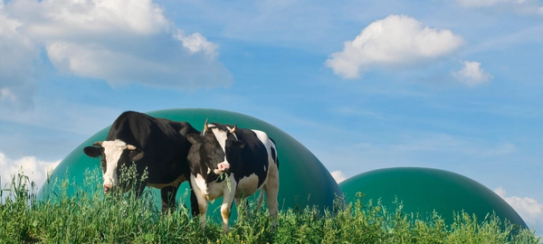
Biomass to Biogas: Anaerobic Degradation 101
April 19, 2021
The U.S. alone produces over 70 million tons of organic waste every year, which, if mismanaged, poses immediate threats to both the environment and public health, for example through water contamination.

Essential Spring Maintenance for Water Features
April 7, 2021
Performing regular maintenance of your pond, lagoon, or other body of water prevents future issues and is especially important in the early spring, when water temperatures reach between 40- and 55- F. If the water is dark and/or there is a thick layer of sludge at the bottom, you should begin by performing a full cleanout according to these steps...
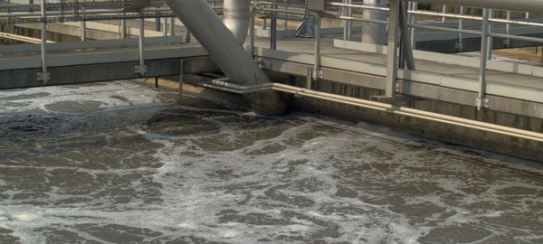
8 Must-Take Steps to Rectify Elevated Ammonia in Effluent
January 22, 2021
Permit effluent limits for ammonia are becoming more stringent, making its removal one of the most important and most difficult processes to maintain in water resource recovery.
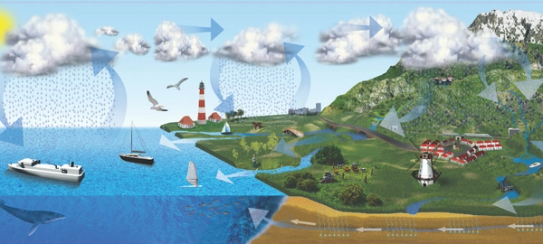
Combating the Negative Effects of Winter Temperatures on Nitrification
December 3, 2019
Introduction: The Nitrogen Cycle The environment uses many biological reactions to maintain balance in nature. Since nitrogen is a key component of all living matter, it is critical that this element be recycled. This process is represented by the nitrogen cycle.
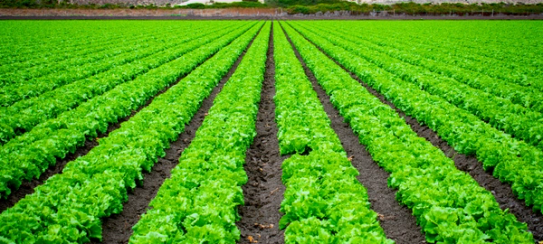
Water Pollution, Part 3: Agricultural Runoff
July 26, 2019
Agriculture helped give rise to civilization itself and for 2,000 years, the cultivation of crops has kept humankind alive and nourished. Improvements in technology and techniques have greatly increased crop yields, including the use of fertilizers. The widespread use of manufactured fertilizers in more recent history, however, has disturbed the environment, and the contamination of water supplies by these chemicals looms large as a direct threat to us and to other species.
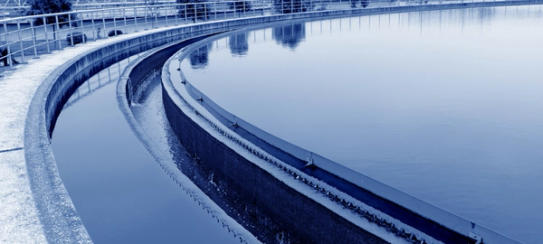
Water Pollution, Part 2: Household Wastewater Treatment
May 10, 2019
Our last blog post examined water pollution as a result of specialization in industry, specifically in the food industry. For many of the same reasons that food production is concentrated into large, specialized factories, people tend to congregate in large cities. When people live closely together, they enjoy benefits such as near proximity to jobs, food, healthcare, and entertainment.
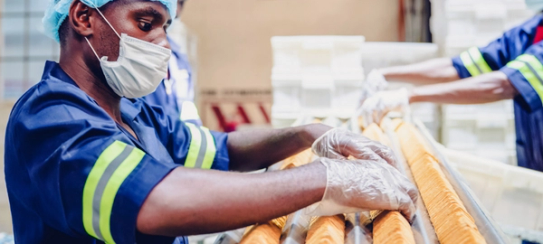
Water Pollution, Part 1: Specialization in the Food Industry
April 4, 2019
In modern food factories, foodstuffs are processed at staggering paces: 120 birds per minute at Tyson, 500,000 pizzas per day at Tombstone, 90,000 hogs per week at Smithfield. The undeniable efficiency of these companies and countless others is a direct result of specialization within the food industry; indeed, production processes have been increasingly concentrated into relatively small locations since the invention of canning and the subsequent proliferation of large-scale food production during the 19th century. By utilizing the same or similar raw materials to make large quantities of a single finished product, producers realize lower production costs per unit, and the consumer enjoys lower prices.
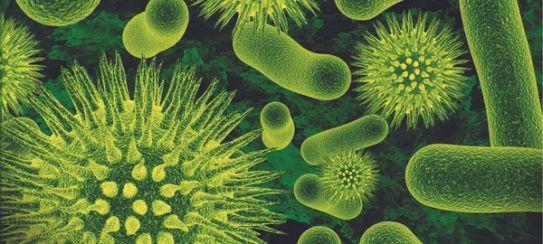
Enzymes vs. Bacteria, Unmuddying the Waters
March 20, 2019
What Are Enzymes? Enzymes are large molecules, mostly proteins, that speed up chemical reactions. Scientists have determined that enzymes are able to catalyze, or speed up, over 5,000 specific chemical reactions. Appropriately, the substances on which enzymes act are called "substrates" and the molecules produced as a result are called "products." Which substrate an enzyme acts on is dependent upon the unique three-dimensional shape of each enzyme.
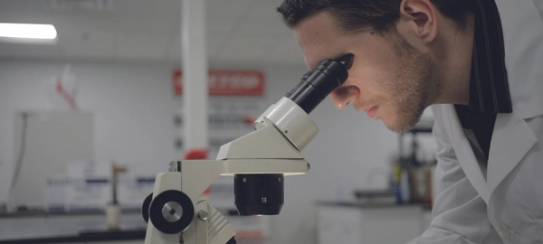
Taking Quality to the Highest Level: Our Zero-Defects Policy
January 18, 2019
We strive to create a Zero-Defect product and believe that truly sustainable solutions need to be created right the first time. Our Zero-Defects Policy implements real solutions to make that happen. When we say that it's the EnviroZyme mission to deliver higher standards, We're not kidding. In fact, we strive to create a Zero-Defect product for our customers. We believe that truly sustainable solutions need to be created right the first time. That's why we invest in up-front quality control measures.
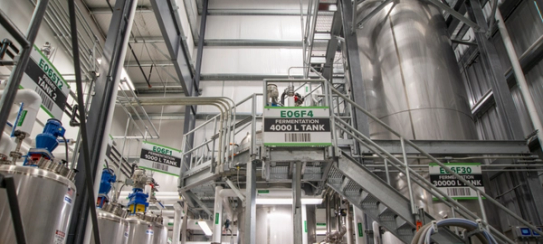
At EnviroZyme, Quality Matters
October 16, 2018
Quality means we hold ourselves to a higher standard - it's part of our mission. We produce biologicals that perform at optimal levels every time, because our customers'needs are EnviroZyme needs. Quality is a word thrown around a lot by companies. After all, it's important in all industries. But for EnviroZyme, it's more than a buzzword - it's part of our mission. We take it personally, considering it at every level.
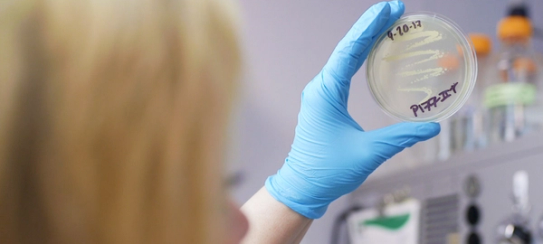
Aiming for Zero-Defect
August 28, 2018
We know the products we create affect our customers end results. That's why we hold ourselves to a higher standard, taking pride in our mission to develop products at the highest quality possible. In every industry, defects cost time, money and quality. In the world of fermentation and microbial solutions, even the smallest defect can be the difference between a prosperous crop and a field of spoiled product. That's where EnviroZyme comes into play.